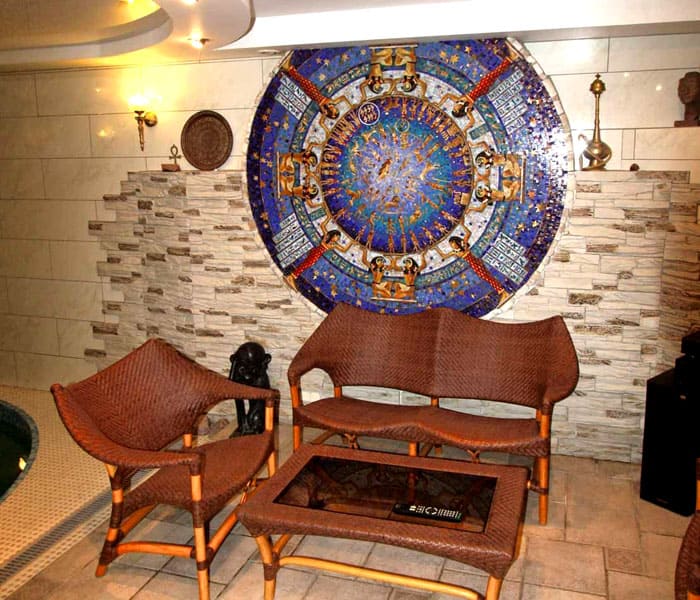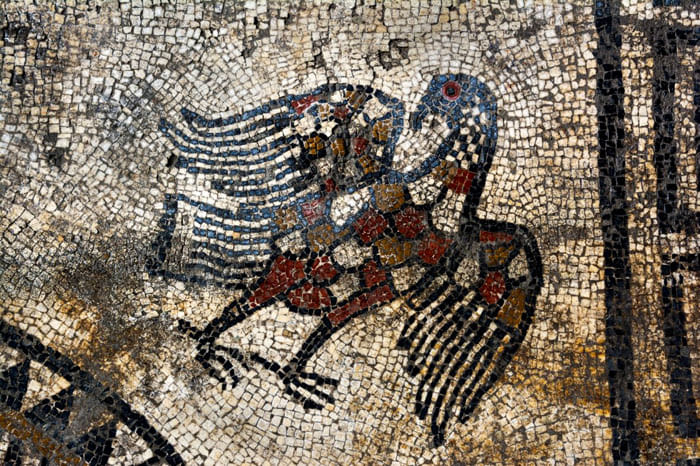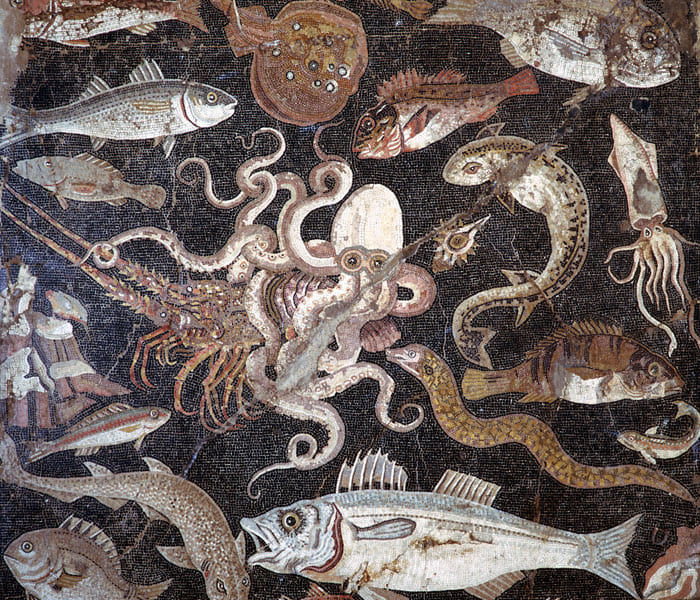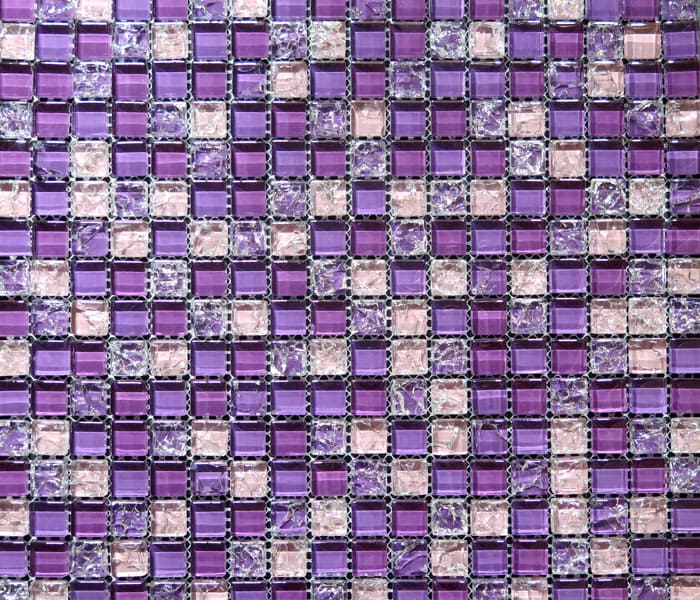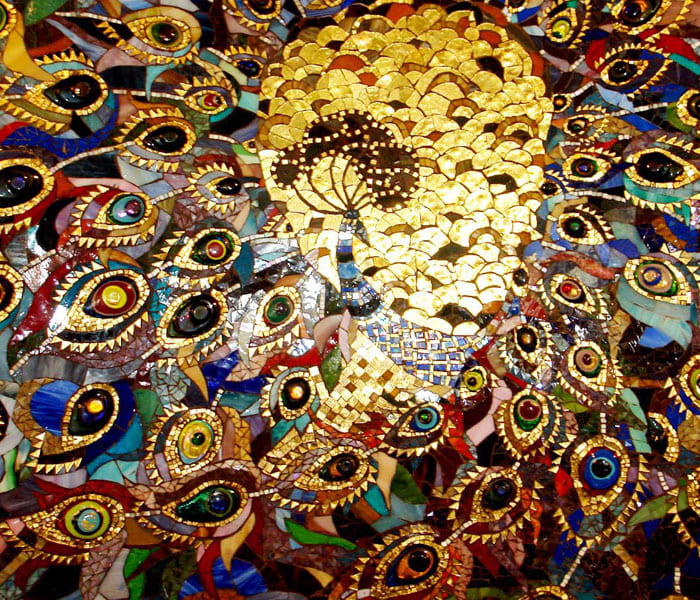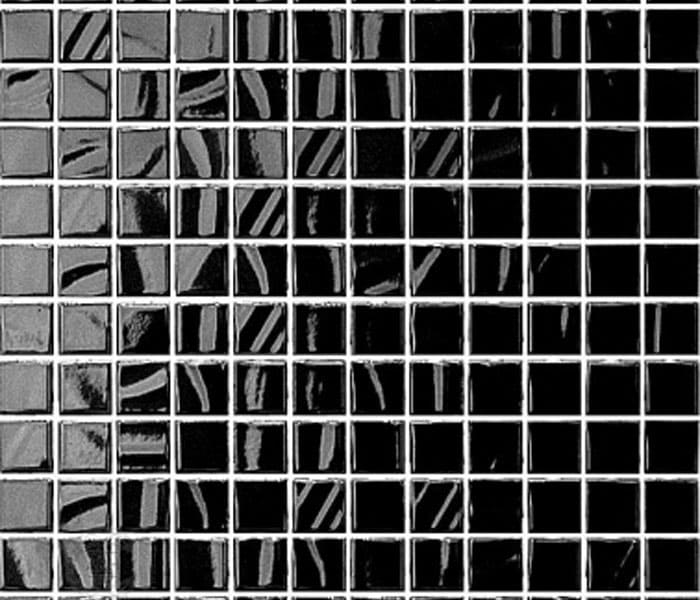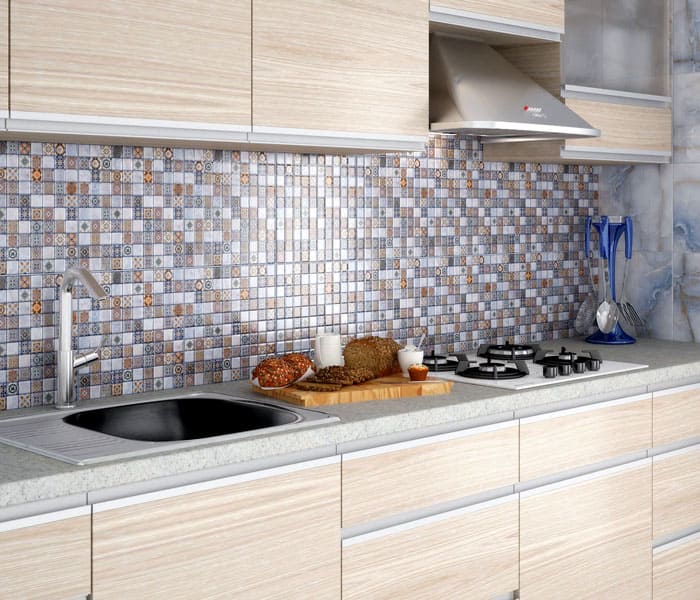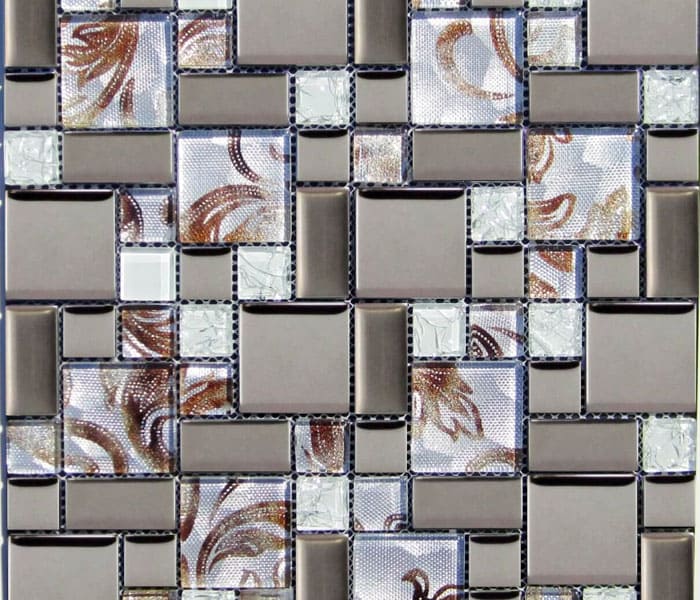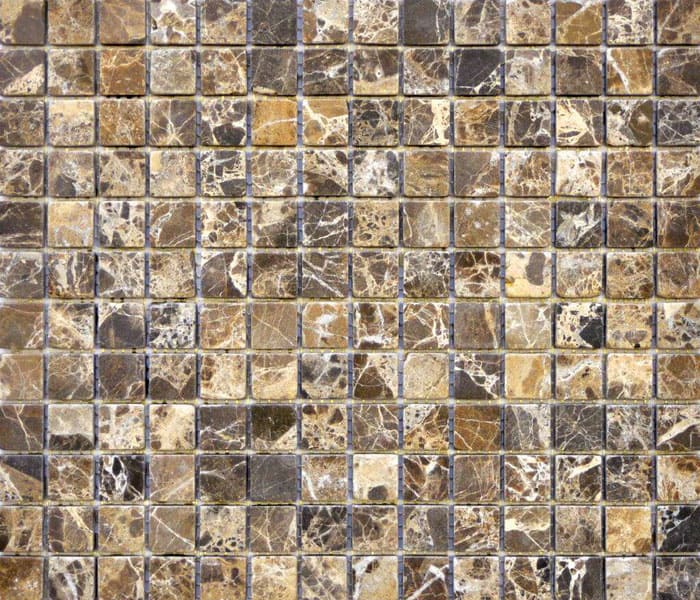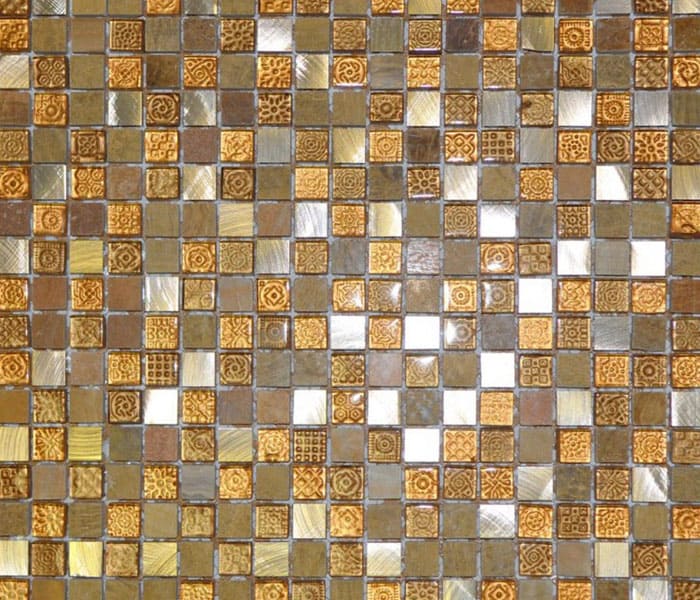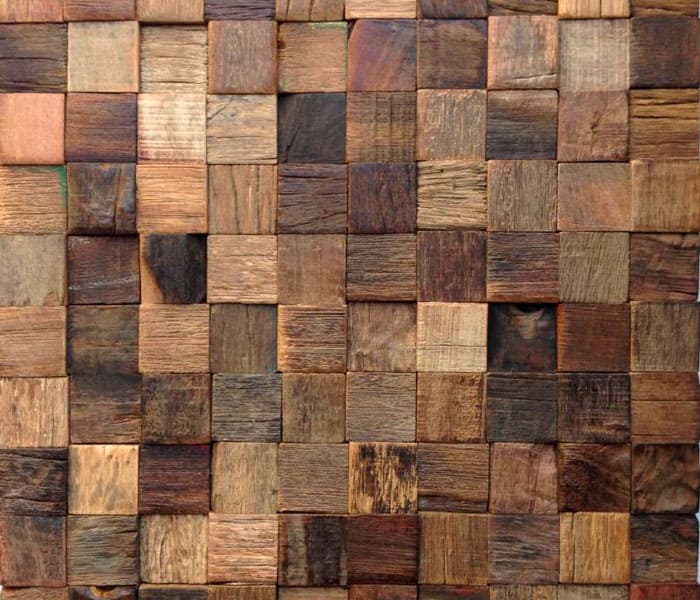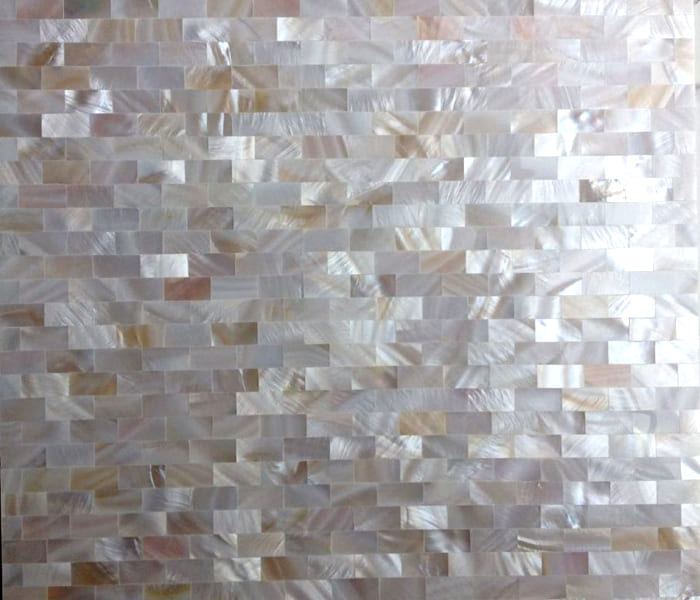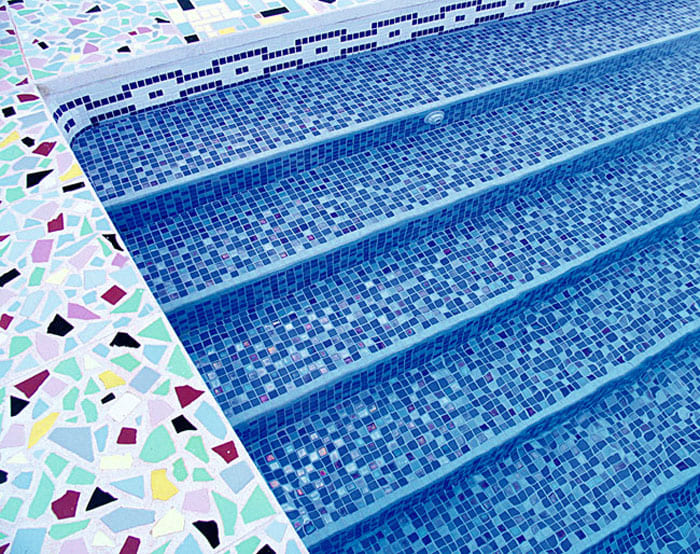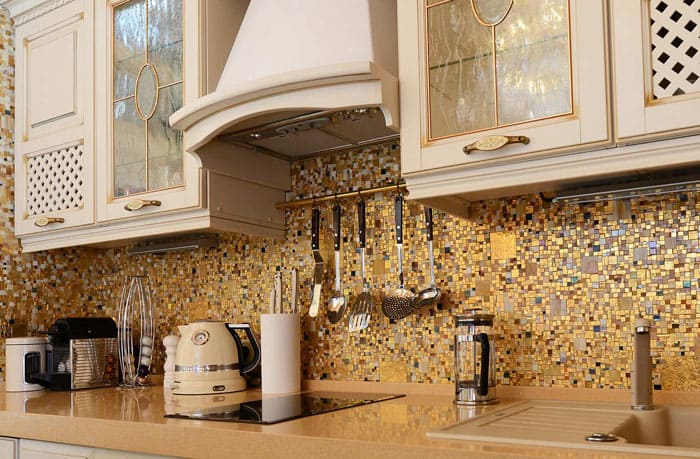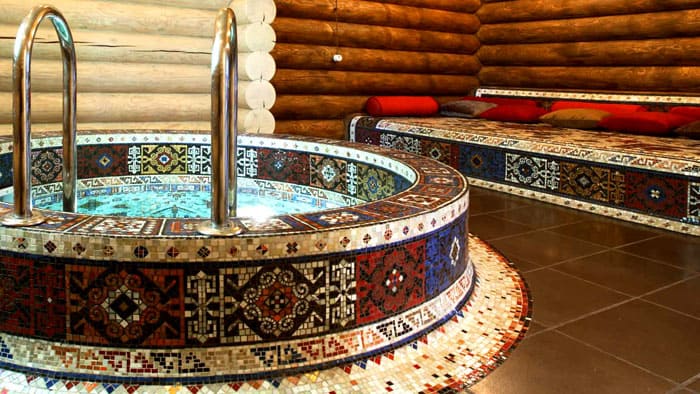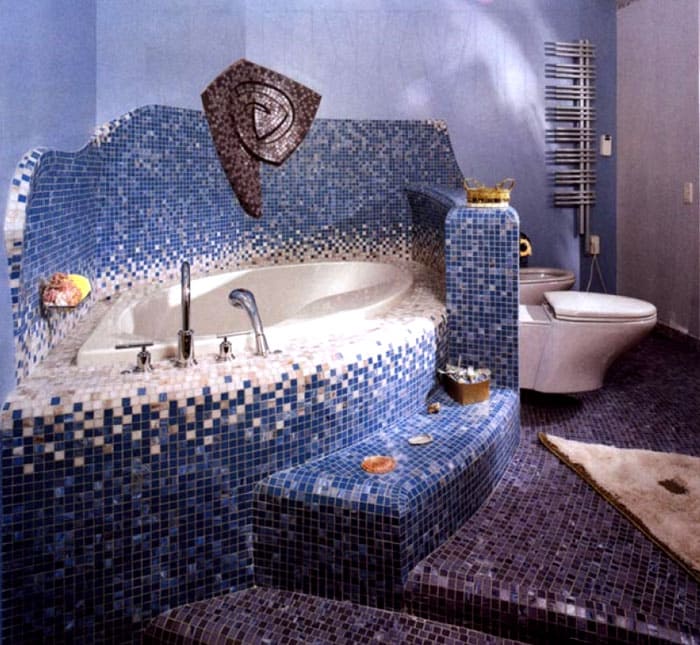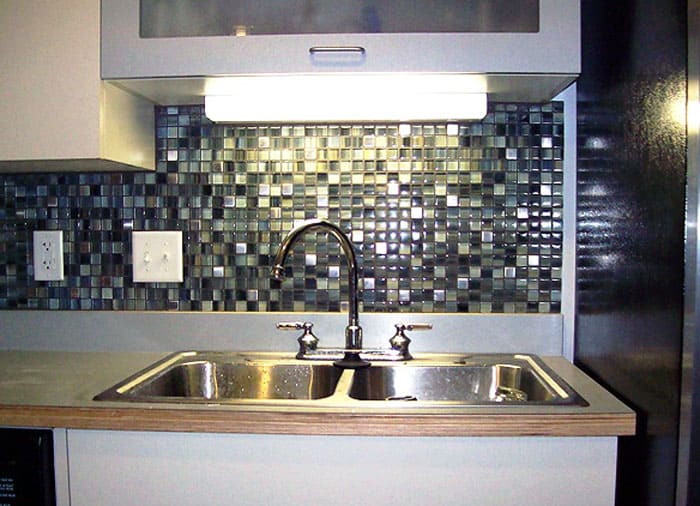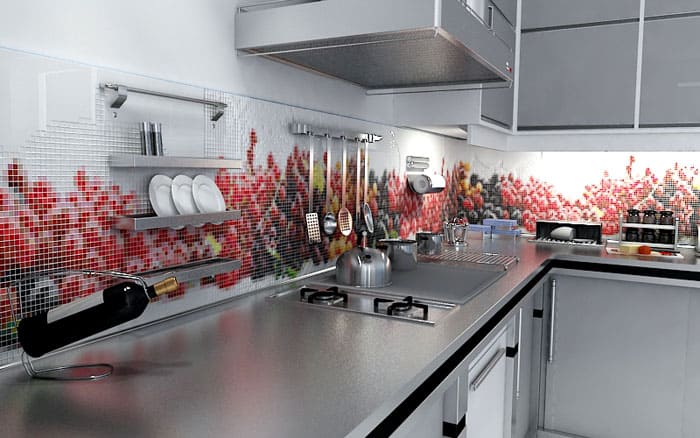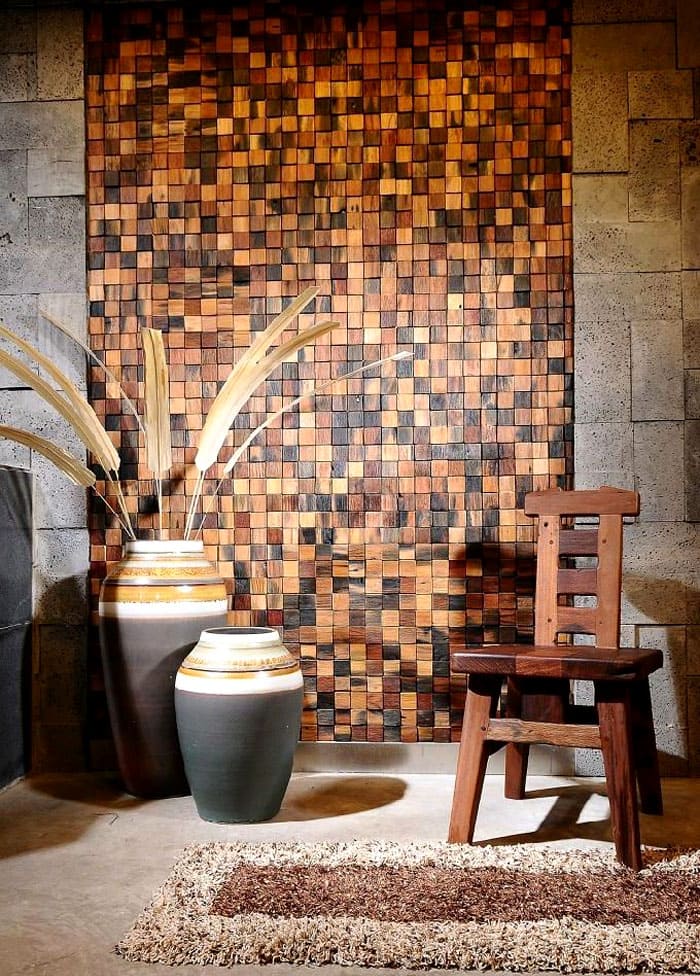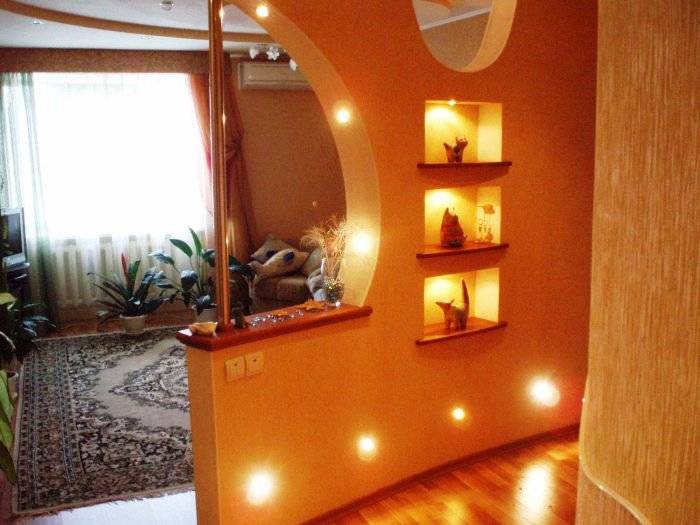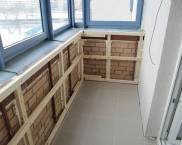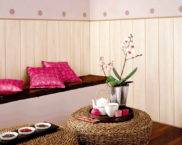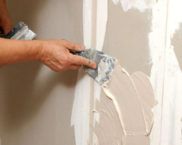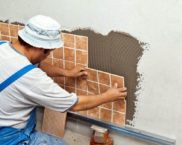Expanding horizons: what is mosaic, its types and origins
The sophisticated art of surface finishing that has survived to this day is invariably appreciated by lovers of beauty, durability and practicality. The homemaster.techinfolux.com/en/ editorial office invites you to learn about a fabulous and truly oriental covering, to figure out what a mosaic is, types, the origin of this art, how you can use it to design your own interior.
The content of the article
- 1 Mosaic, what is it and why
- 2 Origin story: how the art of mosaic developed
- 3 What is this wonderful mosaic made of?
- 4 What ways can you lay the mosaic
- 5 Dimensions and shapes
- 6 Mosaic colors
- 7 Advantages and disadvantages: is it worth tiling surfaces in the house with a mosaic coating
- 8 Let's get acquainted with mosaics in the interior of modern apartments and private houses
- 9 Video: all about mosaic
Mosaic, what is it and why
With the word "mosaic", bright images immediately appear, laid out with pieces of some material on the surface of the floor, ceiling, walls. This is a beautiful complex drawing, assembled from pieces of different materials.
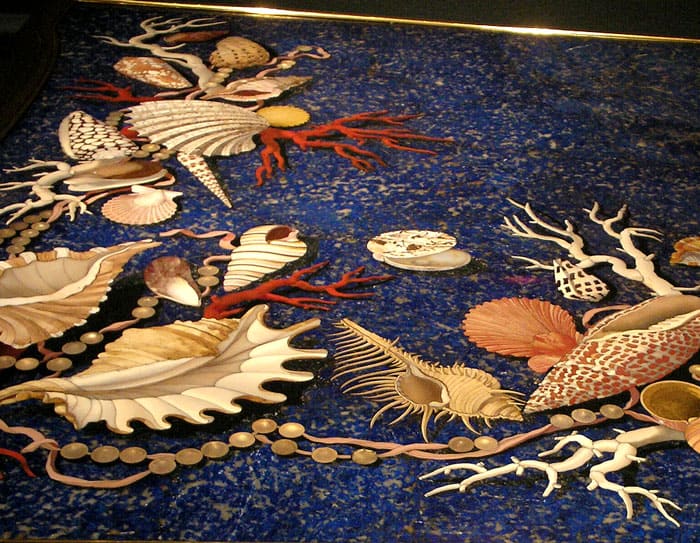
If you do not use modern mosaic tiles, then such a masterpiece will not be possible for a novice master.
The word is Latin, it also sounds beautiful "musivum", which translates: "dedicated to the muses."
The fields of application of this art are wide: from apartments and private houses to luxury hotels and expensive restaurants.
Origin story: how the art of mosaic developed
There is hardly anyone who will fully explain the origin of the word, but the fact that it is associated with the beauty of styling on surfaces is obvious.
In the temples of Mesopotamia, intricate ornaments were discovered, the basis of which was clay circles.
The mosaic picture known to historians is called "the standard from Ur".
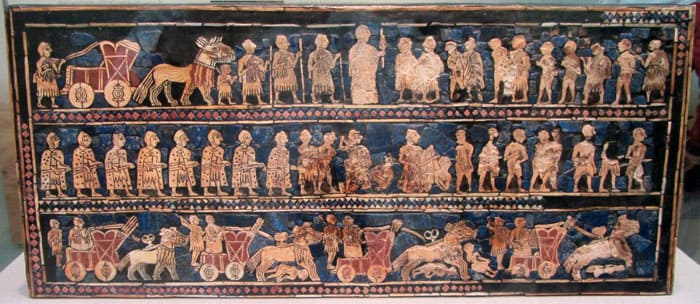
This picture of war and peace was laid out by ancient masters. In their work they used shells, red limestone, mother of pearl and lapis lazuli
Antique times can even be described as mosaic, so much this art spread throughout the ancient cities. Why? Firstly, it was beautiful and durable, and secondly, this work was quite inexpensive in comparison with the processing of monoliths.
The ancient craftsmen quickly realized their benefits: the mosaic was assembled quickly, and its processing was not difficult. The result was always striking in beauty, which was appreciated by the owners of the building.
The first material was untreated river and sea pebbles, which were laid using the "opus barbaricum" technique. In general, the image was dim, not particularly expressive, figures of animals, human images were guessed.
The technique has changed, the "opus tesselatum" is the result of a set of fragments. The original element was a cube-shaped pebble, tessera.
Stones became a thing of the past, drawings improved, the seams became thinner and thinner, the surface began to be polished. All this happened in the era of Hellenism, when glass making technologies began to develop actively. They began to use colored smalt, which made the laid out drawings very realistic. The technique of that styling was called "opus vermiculatum".
The set in the new technique remained the same, but the mosaic elements themselves decreased, the palette was enriched. Mosaic has become an expensive pleasure, which explains the average canvas size of 1-2 m².
In the 3rd century BC, the “opus sectile” technique was born, which is the direct ancestor of the Florentine mosaic.
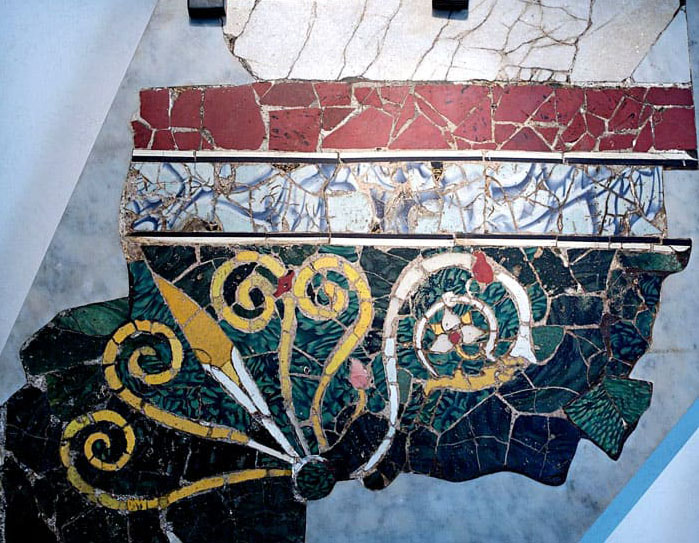
Products were made of smalt, the subject matter was wide, from ancient Roman genre to biblical subjects
Byzantine craftsmen began to use gold smalt. The kit made it possible to create a unique image with the effect of movement and breathing.
What is this wonderful mosaic made of?
Nevertheless, the XXI century has moved away from antiquity and the Middle Ages in terms of technology to distant distances, but something has remained traditional. So what kind of mosaics are there by material of manufacture?
Glass and smalt
In terms of mosaic requests, Venetian glass is in the first place. Its external qualities and physical characteristics are excellent.
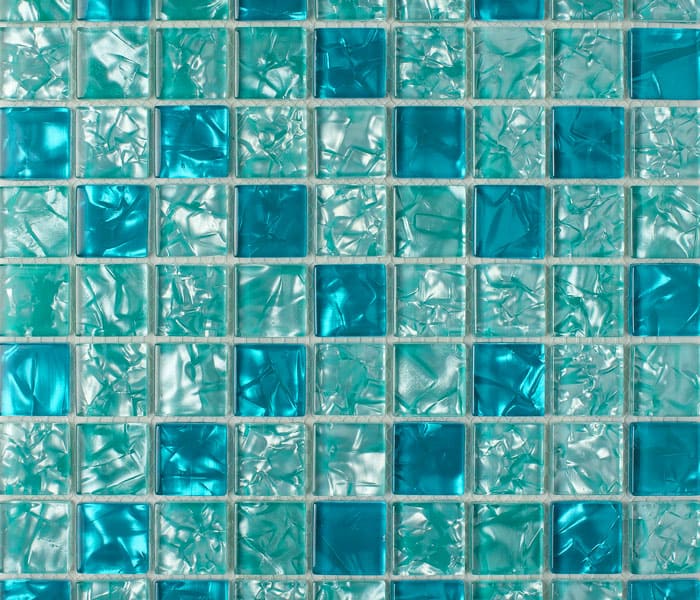
Venetian glass is very beautiful, has such qualities as durability, water resistance, heat and frost resistance, impact resistance
The glass has a solid structure, which excludes the pernicious influence of all kinds of microorganisms and bacteria, this mosaic is calmly used to decorate pools and fountains.
The color palette is extremely rich in shades, which are obtained thanks to boron, cadmium, selenium, aventurine, mother of pearl and other components.
Smalta is a type of glass mosaic. The material contains potassium salts and some natural compounds that determine the color of the product.
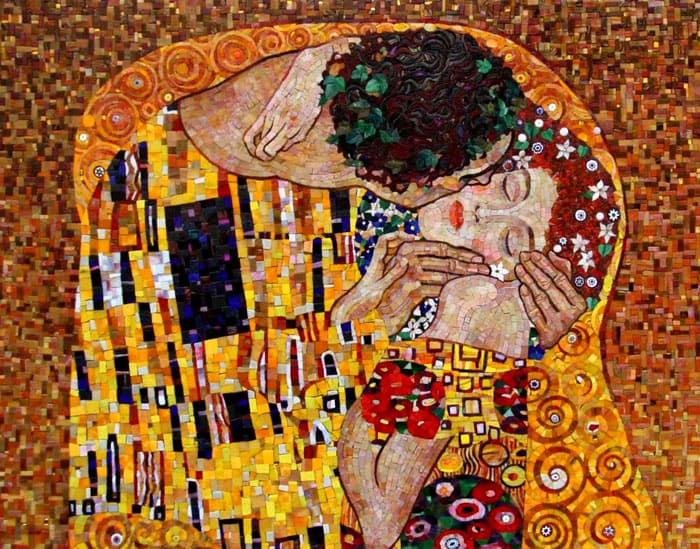
To obtain smalt, tiny particles of colored glass are pressed, adding oxides in the process and sintering everything at 700-800ºC for 24 hours
The resulting material is highly resistant to physical and chemical influences.
The modern manufacturing method gives the craftsmen about 10,000 shades of smalt, so even a surface laid out in one color looks surprisingly different.
The smalt is pleasant to the touch, smooth, and any dirt is removed from it very easily. This is the same mosaic that can be laid out inside and outside the structure.
Ceramic and metal
Ceramic mosaic chips are similar to rectangular tiles, differing in size. Manufacturers have taken care of the richness of color and decorative effects, such as glazing or craquelure, streaks or imitation of irregularities.
Ceramic is superior in strength to glass, but unglazed material is very porous, which leads to various problems. A more expensive option is low-porous, called monopressocotture.
There was no metal mosaic in the old days, this innovation appeared not so long ago. Externally, these are stamped metal caps with a height of 4 mm. A half-millimeter stainless steel sheet is taken as a material. A patented rubber backing is included as an auxiliary material, which is responsible for the degree of rigidity.
Externally, it can be polished, matte, serrated surfaces, with a layer of brass or bronze.
The cost of one square meter is high, about $ 250-350, but including such a decoration as an element is inexpensive and stylish.
There are other metal mosaics in gold and platinum with a price of 3300 euros per square meter.
Natural and artificial stone
Both inexpensive tuff and the rarest marble rocks: onyx, jasper - manufacturers can make mosaics from almost any stone.
The stone is left unpolished, polished, aged, and the chips themselves can be of any shape. Outside, elements of 50 × 50 mm² are used, the inner lining includes small-sized chips.
Both natural and agglomerated marble are soft materials, therefore, when caring for them, abrasives, hard sponges are excluded - they will simply ruin the product, leaving scratches on it. Also for such panel do not spill liquids containing acids, that is, wine, juices, vinegar. Quartz agglomerates are less demanding.
Other types
Thanks to modern technologies that have made it possible to make combinations of different mosaics: they combine glass, ceramics, metal inserts, natural stones.
Mosaic elements are also made of wood, based on bamboo.
Sawed seashells are mother of pearl that turns into a wonderful mosaic panel.
This type of material can also be combined with others.
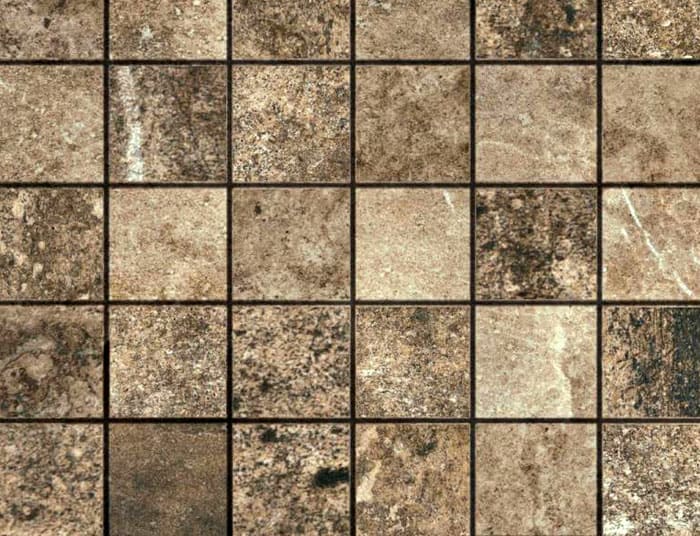
Another high-quality material is porcelain stoneware, which is quite affordable in terms of price and appearance.
What ways can you lay the mosaic
There are two mosaic sets: forward and backward. If the chips are pressed into the soil applied on the surface, the dialing method is straight. Mastic, cement, lime, wax are used as soil. And if the elements are glued with the front side on a special surface like a mounting grid with a pattern, and the back side is poured with a fixer, then the method is the opposite. Then, the mesh is removed. The seams are rubbed grouts, the front side is polished.
People who have certain skills in this area work with mosaics. But everyone can try to decorate their home, at least anyone can cope with the background pattern quite well. For work, they simply take not individual chips, but flexible mosaic sheets of a convenient size.
The mosaic is laid in four ways:
- Parquetry: the work uses pieces of the correct geometric shape.
- Intarsia: the image is created by carefully fitting the elements, gluing them, cutting out the contour, grinding and polishing.
- Inlay: Plates are cut into surfaces.
- Block mosaic: an ornament or pattern is made up of ready-made blocks.
Now let's discuss the shapes and sizes of the elements.
Dimensions and shapes
On sale, you can most often find mosaics on a mesh and paper backing, which makes it easier to handle. The image itself is composed of chips, the size of which ranges from 1 to 10 cm, that is, the lengths of the sides are in the range from 1 × 1 cm² to 10 × 10 cm². The shape of the chip can be any.
If we are talking about the matrix on which the mosaic is laid out, then its standard dimensions are 30 × 30 cm². This parameter includes 225 tiles with dimensions of 20 × 20 mm² each.
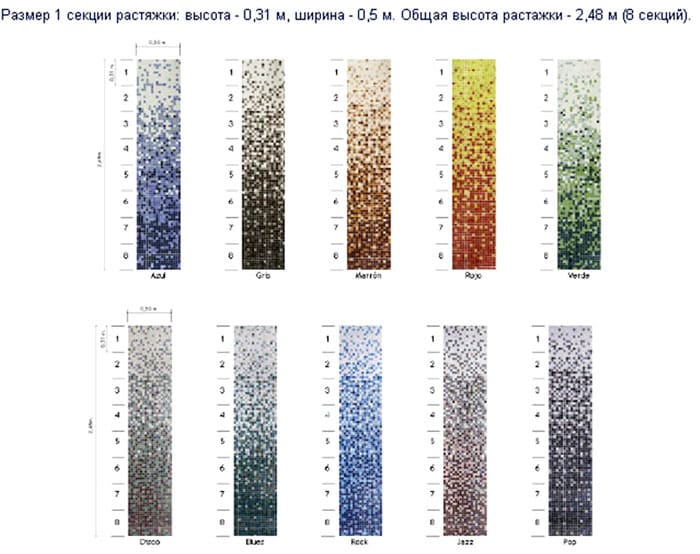
You can find a convenient stretch, which is a panel 2.5-2.8 m long, with different widths. On such ready-made stretch marks, the color smoothly passes into the other to the opposite end.
Various types of mosaic tiles are available from companies operating on the market. Manufacturers often meet the wishes of customers and are ready to fulfill an individual order in the shape and color of chips.
Mosaic colors
Considering glass mosaics, you can choose any of more than 80 colors that can be combined with each other in any proportion. Color variations make it possible to lay out any drawing, make color streaks, gradients, patterns and ornaments.
Solid color sets are great where a large area needs to be covered. Multi-colored are chosen for aprons, pools, fountains.
Advantages and disadvantages: is it worth tiling surfaces in the house with a mosaic coating
We have indicated that there are several varieties of mosaic material. Each of them has its own characteristics. For example, mosaic glass tiles have flexibility, a wide range of colors. It is easy to use, light in weight, environmentally friendly, as it consists of natural ingredients. Glass can withstand high temperatures, humidity, fire and frost, abrasives.
But the disadvantages of glass mosaics are that they are expensive, moreover, because of the nuances of installation, it is better to use the services of a specialist. It must be remembered that glass is still a fragile material, which cannot be said about ceramics, metal or stone.
An important nuance! Glass mosaics are quite slippery, so it is not recommended to lay them on the floor, where a ceramic coating is better suited.
Let's get acquainted with mosaics in the interior of modern apartments and private houses
Obviously, you can use mosaic cladding anywhere. This creates a particularly sophisticated atmosphere in the design. There are no restrictions on the choice of surface, you can decorate anything you want with mosaic elements. We offer you to see with your own eyes how good this decorative design looks in the interior of different rooms.
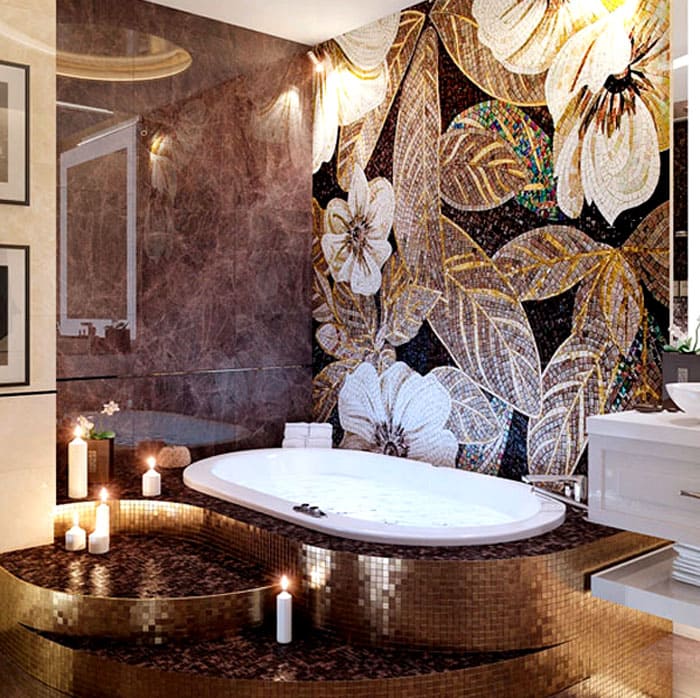
An exquisite bathroom will cost a decent amount, but such a design will not only be highly aesthetic, but also very durable.
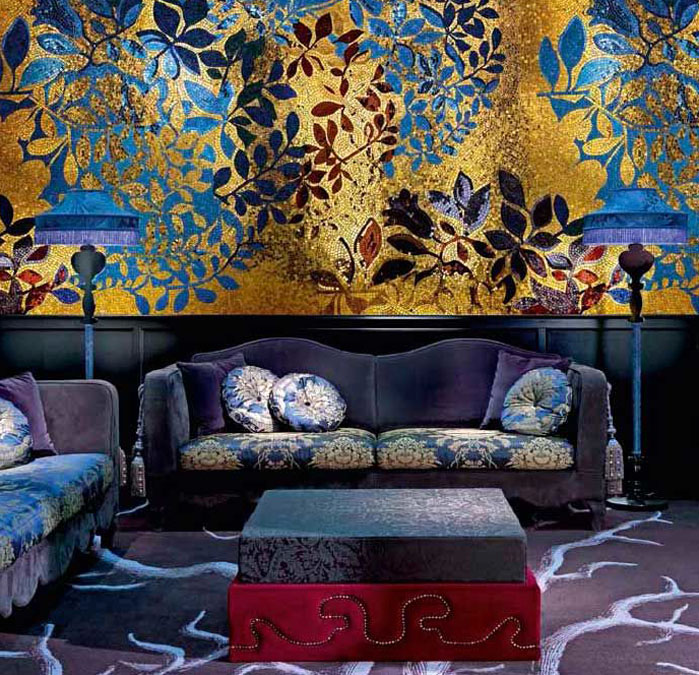
In living rooms, the mosaic solution can be different: both in the form of a panel, and in the form of a whole wall.
Decorate your home in such a special way! Let it acquire a sophisticated and slightly oriental flavor!



